Hello all, let’s debate on a hot topic that I see show up time and time again! What’s the best yarn for coasters? Can I use acrylic for crochet coasters or knit coasters? Should I use cotton for crochet coasters or knit coasters? Is wool an option? Does it matter?
I make coasters all of the time, and I have had this question myself for a long time. There is not a clear answer on the internet, so I decided to make a list of advantages and disadvantages for each fiber. I am only focusing on the best yarn for coasters, not hotpads or other kitchen accessories. What do you use when making a coaster?
Functions of a Coaster
Sure, this is a little silly, but let’s take a moment to really get into what this coaster is supposed to do. At its core, a coaster is used to place a drink on top of, and is in between the cup and a hard surface (such as a table or counter).
Why do people use coasters? Sometimes it’s purely decorative. For myself, I use coasters to prevent water rings and condensation on surfaces. Coasters also act as a protective barrier to prevent scratches or scuffs. All of this being said, what is the best yarn for coasters?
Cotton
Most in the fiber community would suggest cotton as the best yarn for coasters. There are several reasons why this fiber type reigns supreme over others. However, cotton isn’t necessarily the “fiber to rule all coasters”. There are a few disadvantages as well.
Advantages
- Cotton is absorbent. A coaster should act as a barrier to prevent water from suching the surface below it. Cotton’s absorbancy helps with this
- Cotton is durable. Cotton is durable and, in general, tougher than other fibers. Coasters made with cotton should last a long time.
- Cotton is less sensitive to heat. If a coaster acts as an impromptu potholder or as a trivet for hot pans, cotton can handle the heat.
Disadvantages
- Limited color choices. Cotton is a natural fiber that is particularly difficult to dye. Color choices are limited when compared to acrylic and other fibers.
- Matte appearance. Most cotton yarns have a matte or dull, which gives a certain look to the coaster. Of course, there are some softer, blended cotton yarns that have a bit of shine. Cotton blends are premium fibers for wearables.
- Can be difficult to work with. Cotton’s durability is also a disadvantage. Some find cotton very tough to work with, ranging from difficulty working the yarn, or roughness irritating the skin.
- Could shrink when washed. A coaster will need to be washed at some point. Handwashing is preferred, but in the end, a warm cycle in the washing machine is most likely, and will make the product shrink. This can be easily remedied by making a slightly oversized coaster when using cotton.
Acrylic
Acrylic is a synthetic fiber commonly available at most craft stores. Made of plastic, there are advantages and disadvantages to the use of acrylic for coasters.
Advantages
- Significant color options and varieties. Acrylic is mass produced and readily available by many manufacturers. Sheen, weight, and other varities exist.
- Acrylic is not absorbant. Water beads on the surface of acrylic. Although this can also be considered as a disadvantage, consider this: drinks with moderate condensation will just have water on the surface of the coaster, and there’s no worry about it soaking through the coaster to the table.
Disadvantages
- Acrylic is not absorbent. Ultimately, this goes back to what do you want the coaster to do. If you want it to absorb liquid, then acrylic is not the best yarn for coasters.
- It can be difficult to work with. Acrylic is not a natural fiber, and some people have skin sensitivities to acrylic.
- The yarn may pill or fray with time. Acrylic is extremely durable, but yarns with a nice shine/ sheen may get damaged with heavy use.
- Acrylic is a plastic and will melt when heated extensively. This should not happen with a nice cup of coffee or tea, but if used not as a coaster (trivet, hotpad, or potholder), the acrylic will melt.
Wool
Wool is another natural fiber option that can be used to make coasters. The advantages and disadvantages are similar to cotton. In addition, wool has excellent heat resistance. It can also be felted to make unique designs that wouldn’t be accomplished with other fibers.
Final Thoughts
This is a really hard choice to make in the end. What is the best yarn for coasters? Ultimately, it depends on what functionality you want the coaster to have. Want an absorbant coaster? Cotton or wool is the best yarn for coasters. Do you want a coaster that is more decorative and just acts as a protective barrier between the cup and the surface? Acrylic would be suitable for coasters as well.
I hope that this helps in selecting a yarn for coaster making! Let me know your thoughts on what yarn is best for this project.
Want to see what else I’m working on? Keep in touch on Facebook or Instagram to get a sneak peek. For more inspiration, I also have a Pinterest board full of ideas!
Copyright 2021 Unique Yarn Designs. This article may not be distributed in any way besides sharing the link to this post. Do not copy, and do not email unless it is the actual link. Thank you for respecting my work!
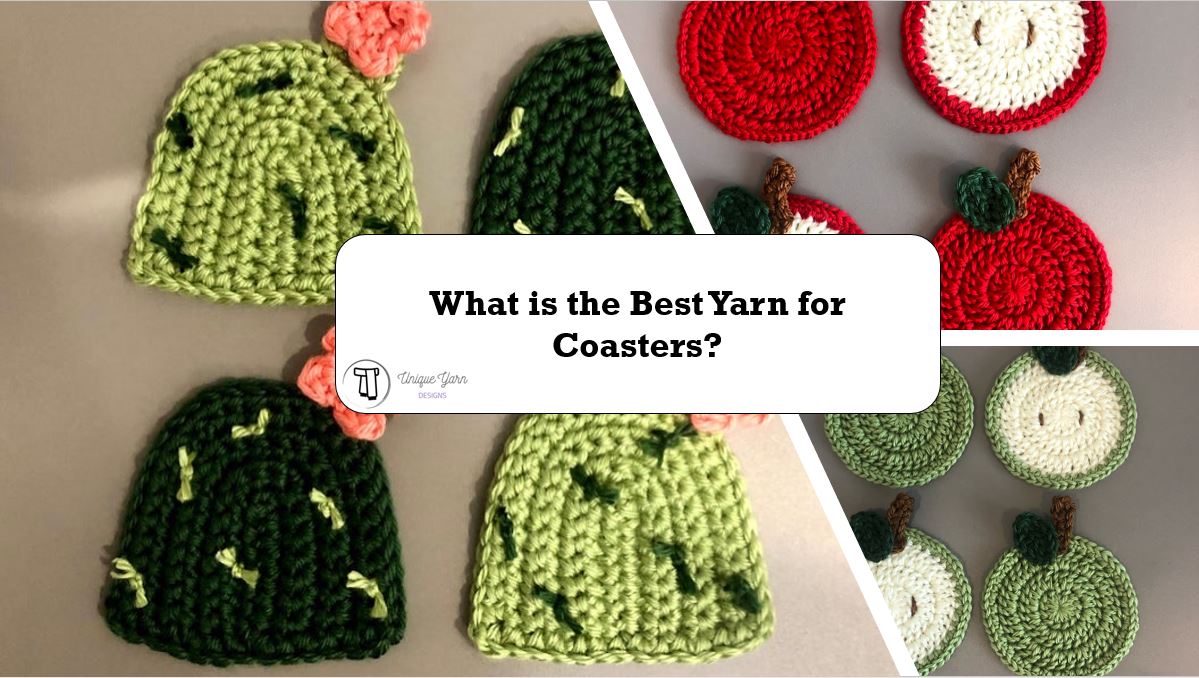

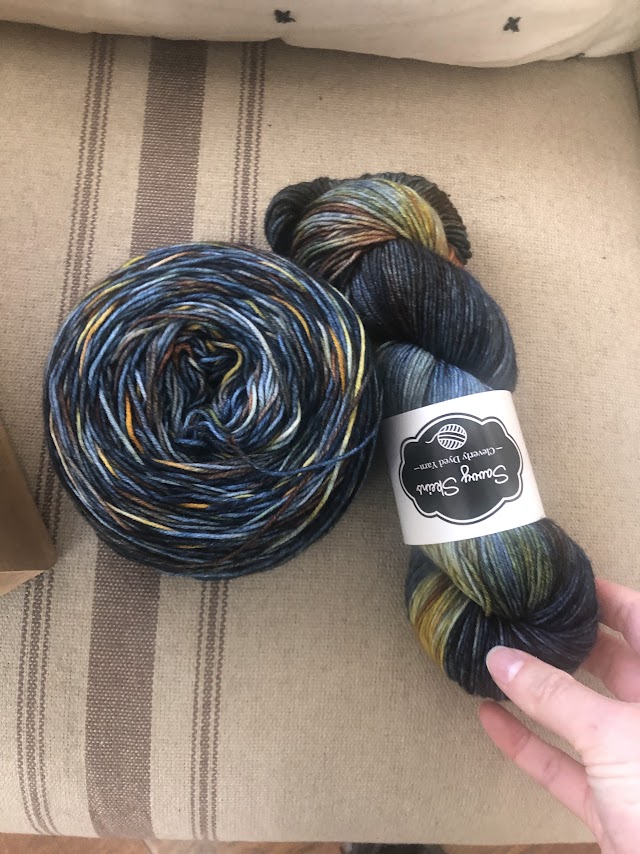

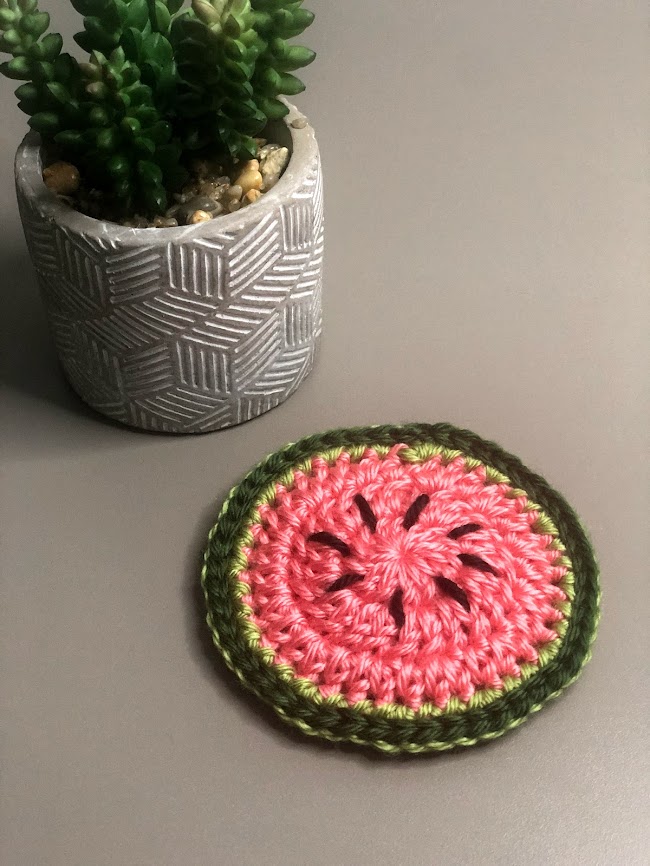
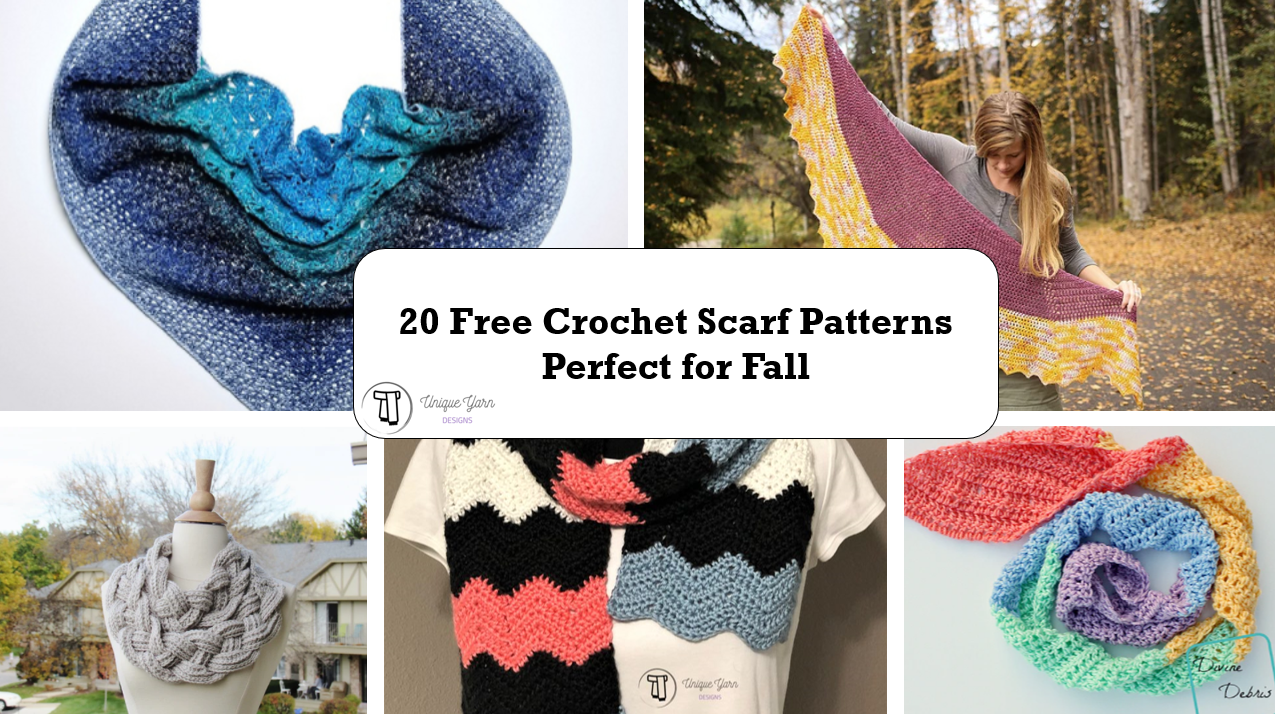
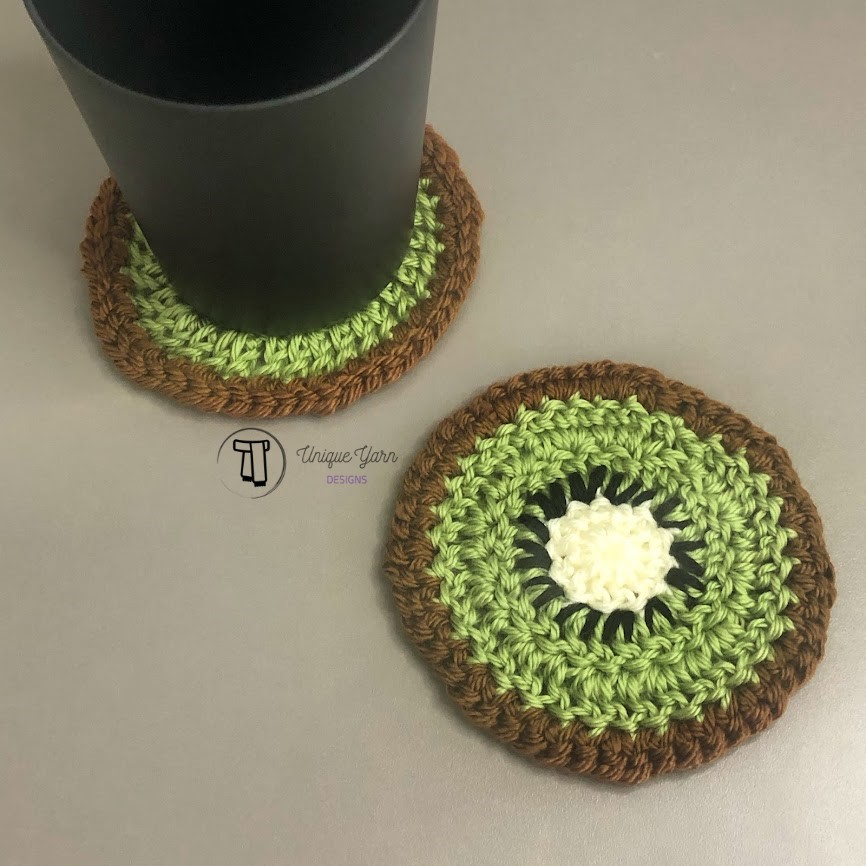
Leave a Reply